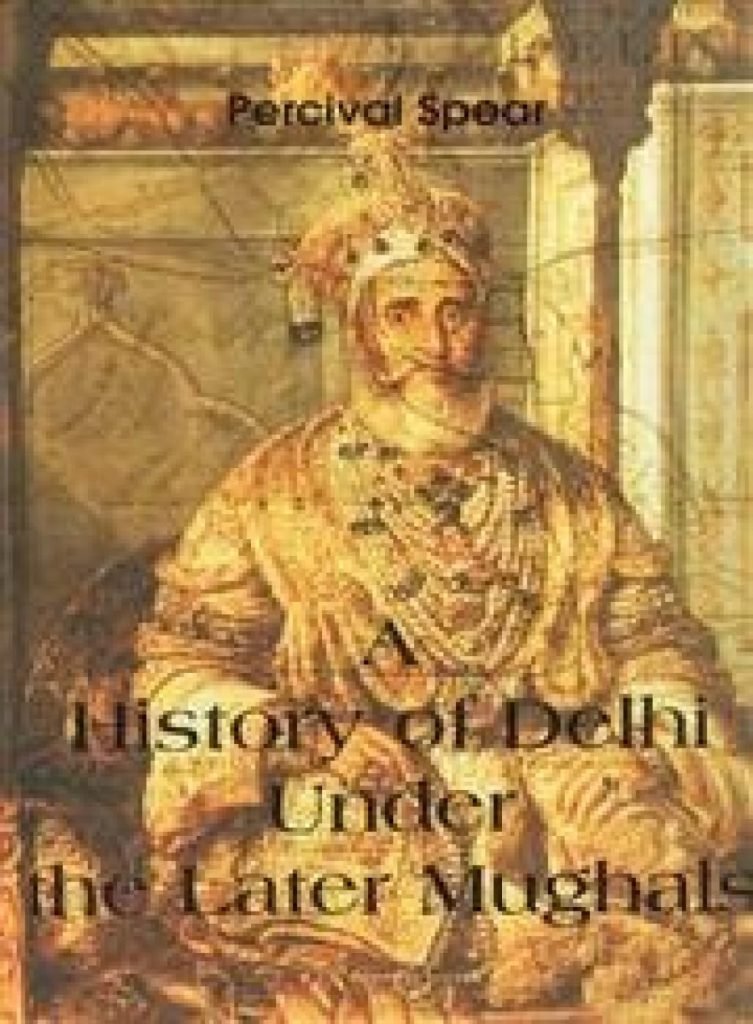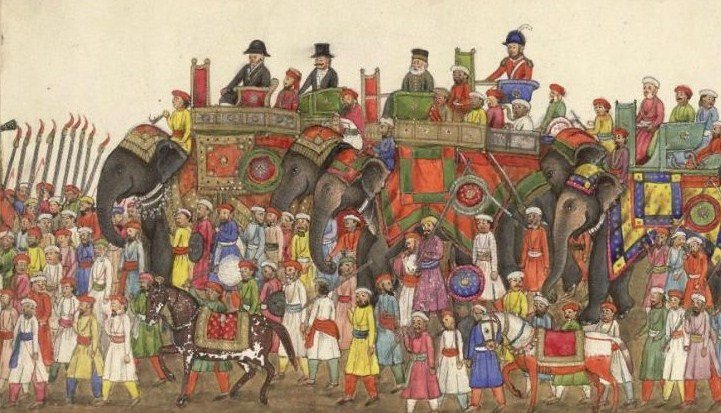
Two hundred years ago, Delhi had been a great and imperial city for a century, with anything between one and two million inhabitants. It was the largest and most renowned city, not only of India, but of all the East from Constantinople to Canton. The purpose of this study is to trace the history of Deihi from the time that if ceased to be the capital of Mughul India until it became a completely British city after the Mutiny in 1858. The story of Delhi during these years is not one of weaklings or mountebanks,
creeping amidst decent and subterfuge, but of strong men lusting for power. It is a story of men throwing away successively in the heat of that passion everything that could make that power worth having, and mutually squandering the resources for which they were all contending. The nemesis of these men was the nemesis not of weakness but of strength not allied to principle, not of idealism but of power politics.
The first part of the book is a sketch of the Kingdom of Delhi until its conquest by the company in 1803. The second part of the book consists of a series of studies on the Delhi city and territory under British Administration from 1803-1857. This part falls into three further sections .
CONTENTS
List of Plates
Preface
I – INTRODUCTION
II – THE KINGDOM OF DELHI
III – THE MUGHULS AND THE BRITISH
IV – THE MUGHUL COURT AND FAMILY
V – THE BRITISH ADMINISTRATION
VI – THE RURAL LIFE OF THE DELHI TERRITORY
VII – THE BRITISH IN DELHI
VIII – THE COLEBROOKE CASE
IX – WILLIAM FRASER’S MURDER Appendix A. Fraser’s Tomb Appendix B. Hindu Rao’s House
X – THE MUTINY IN DELHI
XI – THE AFTERMATH
Glossary
Note on Authorities
Notes
Bibliography
Index

